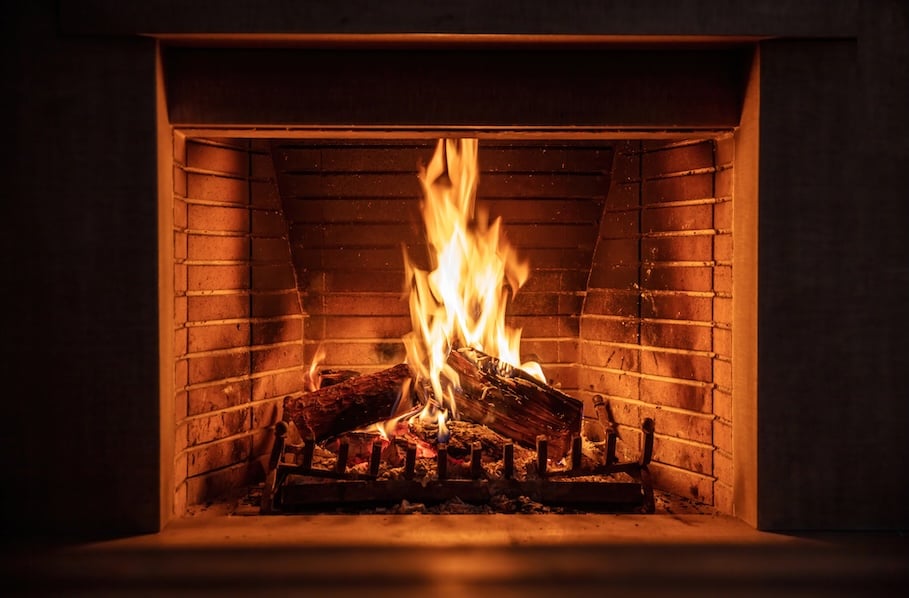Fireplace and Fire Pit Safety: Keeping Warm the Right Way

When temperatures drop, there’s nothing like the comfort of a warm fire, whether it’s in your living room or out in the backyard. Fireplaces, wood stoves, and fire pits can create cozy moments and great memories, but they also come with responsibilities. A few simple precautions can help prevent accidents and keep your home, family, and guests safe.
Fireplace and Chimney Safety
Before lighting your first fire of the season, schedule a chimney inspection and cleaning with a licensed professional. Creosote buildup, debris, or animal nests can increase your risk of a chimney fire.
Keep it clear and well-vented. Move decorations, furniture, or anything flammable away from your hearth, and make sure the damper is open before lighting your fire.
Burn the right fuel. Only use dry, seasoned hardwood, never wet wood, cardboard, plastic, or trash. Damp wood creates excess smoke and creosote buildup, while other materials release toxic fumes.
Stay safe while burning.
- Keep fireplace doors open for airflow and use a metal mesh screen to contain sparks.
- Never leave a fire unattended.
- Let ashes cool completely (this can take days) before placing them in a metal container at least 10 feet from your home.
Firewood and Chimney Maintenance
Good maintenance goes beyond the fireplace itself.
- Stack firewood at least 30 feet away from your home.
- Clear your roof and chimney of leaves, pine needles, and branches.
- Install a chimney cap with a spark arrester to block debris and stop embers from escaping.
And don’t forget to test your smoke and carbon monoxide detectors monthly, they’re your first warning if something goes wrong.
Outdoor Fire Pit Safety
Fire pits are a great way to enjoy crisp evenings, but they need the same care as indoor fires.
Choose a safe location. Place your fire pit on a stable, fire-resistant surface at least 10 feet from your home, deck, or trees. Never use it under string lights, power lines, or covered patios.
Watch the weather. Avoid using your fire pit on windy days, and always check local burn ordinances before lighting up.
Practice smart burning.
- Never use lighter fluid, gasoline, or kerosene.
- Keep a fire extinguisher or hose nearby.
- Use a metal screen cover to contain sparks.
- Always fully extinguish the fire before leaving, no smoke, no glowing embers, no heat.
What to Burn (and What to Avoid)
Stick with seasoned firewood, manufactured logs, or charcoal. Skip anything treated, painted, or chemical-based, like pressure-treated wood or plywood, which can release harmful fumes.
If you’re using a fire pit on a wooden deck, protect the surface with a heat shield or fire pit pad designed for that purpose.
Safety Starts with a Plan
Warmth and comfort are best enjoyed with peace of mind. A little preparation, cleaning your chimney, storing firewood properly, and following safe fire pit habits, goes a long way.
Before the season starts, review your homeowners insurance. Make sure your coverage is up to date in case of unexpected damage or liability.
Stay warm. Stay safe. And enjoy the season - inside and out.
